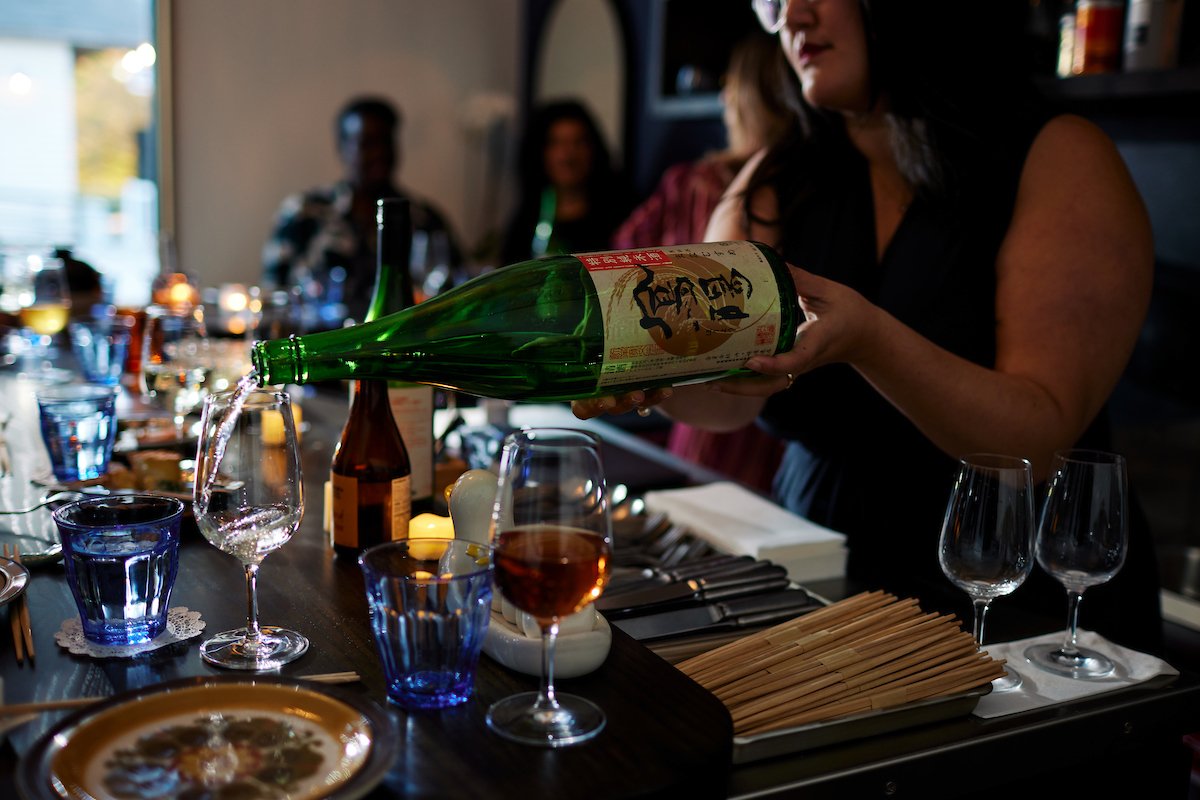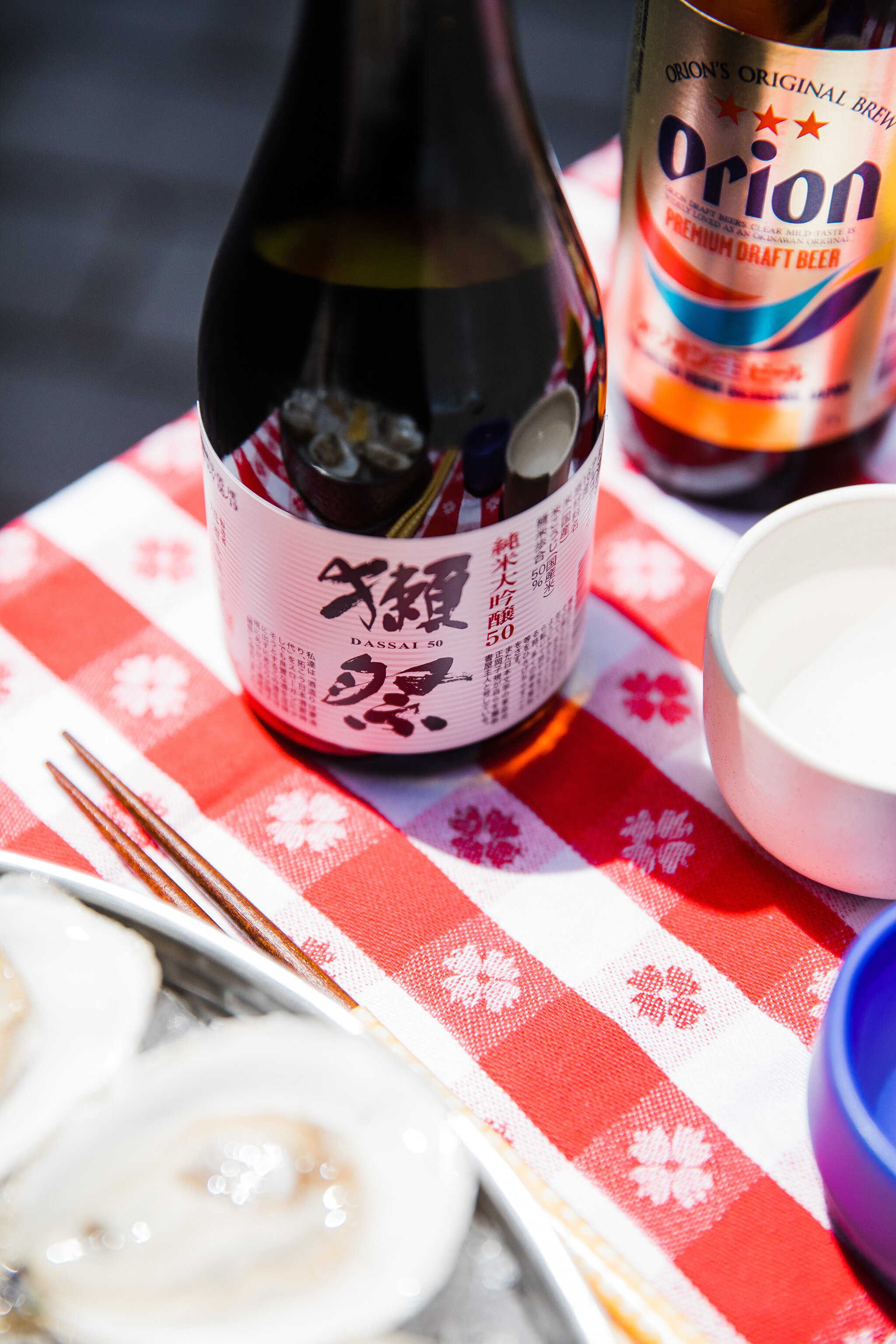
Our Blog
Temperature
Learn what temperatures to heat sake to and what sakes are best suited for heating.
Kimoto + Yamahai
Making up just 10% of all sake produced in Japan today, Yamahai and Kimoto are relics of sake’s 2,000-year-old history and testaments to Japan’s deep commitment to tradition and the past. Both styles depart from today’s modern (read: efficient) way of making a sake yeast starter, opting instead for two extremely old methods.
Namazake
There is nothing quite like the arrival of Spring in New England. As winter loosens its grip and the earth wakes from hibernation, a collective excitement for warmer, longer days takes hold. In Japan, this time is marked by the arrival of Namazake, a sake that perfectly captures nature’s annual awakening in a single sip.
Yeast
If you’ve ever gazed into a glass of sake and thought, “how the heck does something that looks like water smell like a floral bouquet and taste like a fruit salad?”, yeast is your answer. Besides being the agent changing sugar into alcohol, yeast is responsible for the wild-ranging aromas and flavors found in a glass of sake.
Shichi Hon Yari 'Seven Swordsmen' Junmai + Pepperoni Pizza: A Match Made in Heaven
The deep, rustic flavors of Shichi Hon Yari call for a friend...and pepperoni pizza shows UP. Together, the flavors of the sake lockstep with the pizza's cheese, tomato, crust and toppings in perfect unison and my taste buds do the ultimate umami happy dance.
A sake with stories on stories: Dassai Junmai Daiginjo
Dassai is one of my favorite bottles of sake to drink with Alyssa. The reasons, I must admit, are largely self-serving. I have yet to travel to Japan and now, with Covid-19 travel restrictions still in place, am begrudgingly assigned to live vicariously through Alyssa’s stories of her own time there. And no sake invokes as many vivid memories as Dassai 45.
Low + Slow Wins the Race: Yuki No Bosha 'Cabin in the Snow' Junmai Ginjo
After years of drowning the taste of microwaved sake in cheap cold beer, Yuki No Bosha “Cabin in the Snow” Junmai Ginjo was like a lightning strike that immediately woke me to what sake could be. After that, I began to explore the ginjo category as a whole, trying to understand how these complex floral, fruity notes could come from rice.













